
Future Disruptions and New Maladies – what the future may hold…..
- An aging population without a plan to take care of our old and infirm.
- AI and ML: Machines are getting smarter and more intelligent. AI seems to be able to do a lot of the cognitive jobs currently held by humans.
- Automation: Think self driving cars, trucks and other vehicles; IVRs that perform the jobs of CSRs, chat bots etc.
- Are humans a single planet species? Can we defy gravity at scale (mass transportation as opposed to a few infrequent transgressions into space) – Will this open up new frontiers to explore and eventually inhabit new worlds?
- Will we discover other intelligent species/civilizations? Again new frontiers for engagement outside our current boundaries of work – think Star Ship Enterprise and its crew – “Space: the final frontier. These are the voyages of the Starship Enterprise. Its continuing mission: to explore strange new worlds; to seek out new life and new civilizations; to boldly go where no one has gone before”.
All of these can be looked at as either opportunities or threats – it is what we make of it. Change is never comfortable, but depending on how we embrace and adapt to it may mean our survival or ultimately demise.
Our response to these changes may take the following shape –
Protectionist Policies – Have they ever worked?
When we domesticated animals, did humans that performed manual labor, resist the entry of animals? – no, instead they evolved to managing these animals and accomplishing more work than what they could do individually.
Did humans resist mechanization – yes, but it wasn’t a disruption that they could resist for long because industrialization came with a number of benefits: it raised living conditions, increased life expectancy and also provided a preponderance of additional time that could be productively used in the pursuit of other interests and goals.
So why do we believe that the same response will be successful for the next round of redefinition of work?
Innovation: Can we reimagine work that humans do?
Why do we assume assembly line work is actually adding value?
Humans were first domesticated by agriculture and forced to leave their hunter-gatherer life style. For work that needed more strength than a single human, we used animal power for tasks such as ploughing or extracting oil.
Then came automation – where we invented gears, pulleys and mechanical arms or wheels driven by motors and generators to perform the work on our behalf.
Next came CNC machines which in addition to the mechanical aspect of doing the job, could also be programmed to do the work without human intervention.
The final frontier is AI – where an automaton (or a software program since not all realms of work are physical) could sense the environment and determine the best action in order to achieve a set of finitely defined goals
I think we are ok as long as “we” get to define the goals but there are larger fears in society that when these automatons/programs take over and set their own goals – why would any human be needed?
Is that the right question? I do not know … does anyone?
Can AI and Intelligent robots really be an ally instead of a threat?
True if we do not hang on to our traditional definition for work and instead look for different ways to create value.
Will be a possibility if an alien species attacks us and we collaborate with our own robots to ward off this threat.
May be necessary if humans are not suited to be a space faring race and we need robots to help us in this hostile environment.
We will need them when we are older and frail and younger humans do not have the inclination or interest to look after us.
If we want to succeed, we will need to change the game …and have a plan for our workforce to transition to this new definition of work.
🙂



 Once the value of the vote goes down, what you see is election of Incompetent or Callous leaders into the government, which further endangers the existence of democracy or capitalism.
Once the value of the vote goes down, what you see is election of Incompetent or Callous leaders into the government, which further endangers the existence of democracy or capitalism.

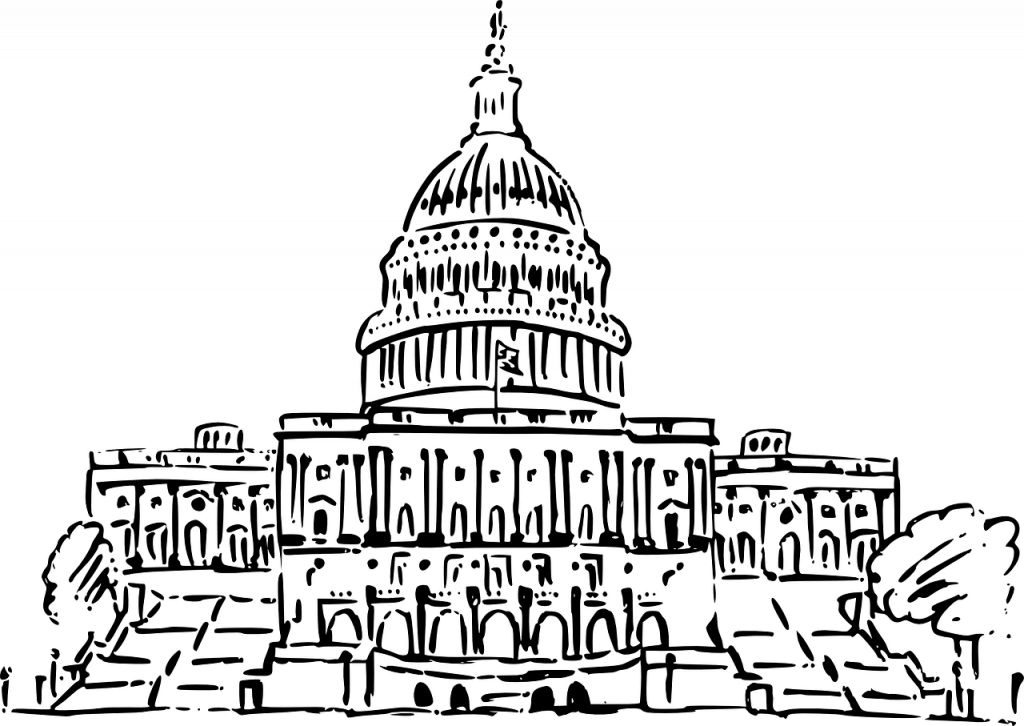
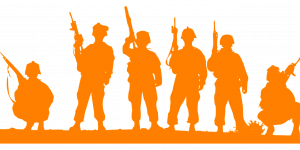
 the internet, the GPS system, antibiotics and miracle drugs we have on the market. All of these are innovations that started as government projects and were then handed over to private enterprise.
the internet, the GPS system, antibiotics and miracle drugs we have on the market. All of these are innovations that started as government projects and were then handed over to private enterprise.
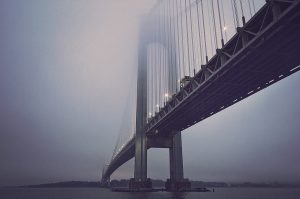
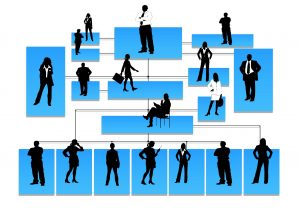

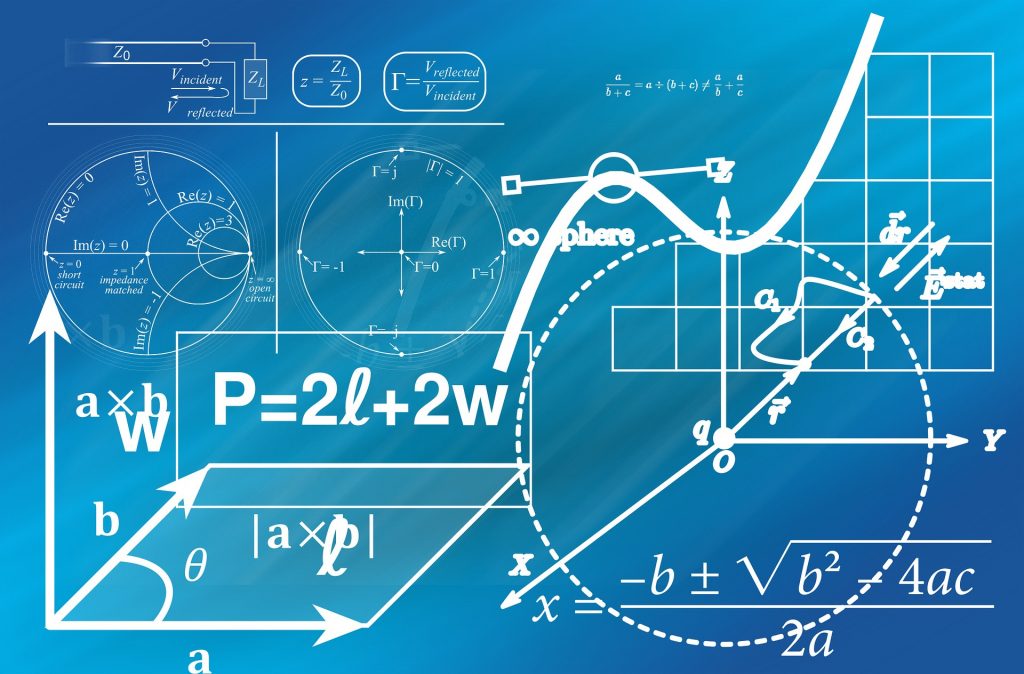
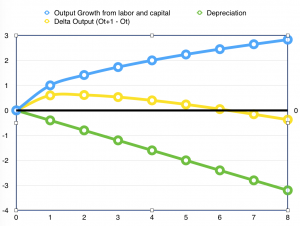
 It is increasingly apparent that technology has become a large driver of business strategy. By providing new channels and mechanisms to interact with its customers, clients, partners and suppliers, technology is a key part of an organization’s sustainable competitive advantage. So its imperative for a product owner to not just understand the business landscape but also understand how he or she can use technology components as key artifacts in differentiating their offering.
It is increasingly apparent that technology has become a large driver of business strategy. By providing new channels and mechanisms to interact with its customers, clients, partners and suppliers, technology is a key part of an organization’s sustainable competitive advantage. So its imperative for a product owner to not just understand the business landscape but also understand how he or she can use technology components as key artifacts in differentiating their offering.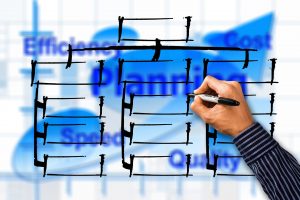 There have been a number of blogs which have focused on requirements that are intuitable, usable, simple and efficient. So I will not cover this aspect here.
There have been a number of blogs which have focused on requirements that are intuitable, usable, simple and efficient. So I will not cover this aspect here.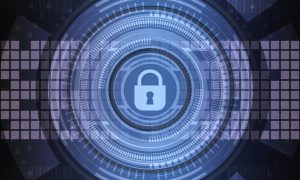 users and their data and this focus is not only to comply with regulations like HIPAA but to stay out of the front page of the Wall Street Journal. Given the
users and their data and this focus is not only to comply with regulations like HIPAA but to stay out of the front page of the Wall Street Journal. Given the 
 power. These mainly were invented as an academic project which later found application in data crunching within industry. Initially only the largest industries could afford it, and run it. I am sure you would remember the punch card drives and the huge cooling towers around the mainframes!
power. These mainly were invented as an academic project which later found application in data crunching within industry. Initially only the largest industries could afford it, and run it. I am sure you would remember the punch card drives and the huge cooling towers around the mainframes! can be collected, processed and disseminated. Some advances came from the mainstreaming of IT into every business or organization. Initially the target was automation – simple enterprise systems that were automated for e.g. The production, planning, accounting, sales etc. There were a number of different flavors of distributed platforms that had specific appeals to different sets of users – the windows platform that was very popular in business user computing segment, the mac platform that appealed to an individual user with needs for creative art applications and the unix/linux platforms which appealed to the geeks. Eventually as we saw these platforms compete we saw the linux/java stack start to dominate the back end processing at most business enterprises, while the front end remained windows based and Apple made a big dent into the personal computing segment.
can be collected, processed and disseminated. Some advances came from the mainstreaming of IT into every business or organization. Initially the target was automation – simple enterprise systems that were automated for e.g. The production, planning, accounting, sales etc. There were a number of different flavors of distributed platforms that had specific appeals to different sets of users – the windows platform that was very popular in business user computing segment, the mac platform that appealed to an individual user with needs for creative art applications and the unix/linux platforms which appealed to the geeks. Eventually as we saw these platforms compete we saw the linux/java stack start to dominate the back end processing at most business enterprises, while the front end remained windows based and Apple made a big dent into the personal computing segment. forming a connected web, with standardized communication protocols like TCP/IP, HTTP, SMTP etc. This was a huge improvement to the unconnected islands that businesses and users had maintained prior to this. This really improved the velocity of information travel – from copying data to floppy drives and moving from computer to computer, to directly transmitting information from one computer to another when every node became addressable and ready to understand communication over standard protocols.
forming a connected web, with standardized communication protocols like TCP/IP, HTTP, SMTP etc. This was a huge improvement to the unconnected islands that businesses and users had maintained prior to this. This really improved the velocity of information travel – from copying data to floppy drives and moving from computer to computer, to directly transmitting information from one computer to another when every node became addressable and ready to understand communication over standard protocols. processing slices on any physical machine. Computing became fungible and transferable. The idea was if every one was running their own physical servers which were not highly utilized, it would be better to have highly fungible compute and storage slices that could move around virtually to the least busy node, thereby improving efficiency multi folds for our computing and storage hardware.
processing slices on any physical machine. Computing became fungible and transferable. The idea was if every one was running their own physical servers which were not highly utilized, it would be better to have highly fungible compute and storage slices that could move around virtually to the least busy node, thereby improving efficiency multi folds for our computing and storage hardware. this hardware can be embedded in any device or appliance. So a washing machine or a refrigerator may have enough and more computing power as a specialized computer from a few years back, implies each of these devices are capable of producing process data that can be collected and analyzed to measure efficiency or even proactively predict failures or predict trends.
this hardware can be embedded in any device or appliance. So a washing machine or a refrigerator may have enough and more computing power as a specialized computer from a few years back, implies each of these devices are capable of producing process data that can be collected and analyzed to measure efficiency or even proactively predict failures or predict trends. transfer value instead of just information. This came about from a seminal paper by Satoshi Nakamoto and the origins of block chain (more on this in another post).
transfer value instead of just information. This came about from a seminal paper by Satoshi Nakamoto and the origins of block chain (more on this in another post). depend on a central store of value (or authority) to establish the truth. It tackles the double spend problem in a unique and novel way without relying on this central agent. This has spawned applications in various sphere’s like digital currency, money transfer, smart contracts etc. that will definitely change the way we do business.
depend on a central store of value (or authority) to establish the truth. It tackles the double spend problem in a unique and novel way without relying on this central agent. This has spawned applications in various sphere’s like digital currency, money transfer, smart contracts etc. that will definitely change the way we do business. reduce algorithms and its family of peripheral components/applications like HDFS (Hadoop Distributed File System), Hive (interpreter that turns sql into MR code), PIG (scripting language which gets turned into MR jobs), Impala (sql queries for data in an HDFS cluster), Sqoop (convert data from traditional relational DB into an HDFS cluster), Flume (injesting data generated from source or external systems to put on the HDFS cluster), HBase (realtime DB built on top of HDFS), Hue (graphical front end to the cluster), Oozie (workflow tool), Mahout (machine learning library) etc.
reduce algorithms and its family of peripheral components/applications like HDFS (Hadoop Distributed File System), Hive (interpreter that turns sql into MR code), PIG (scripting language which gets turned into MR jobs), Impala (sql queries for data in an HDFS cluster), Sqoop (convert data from traditional relational DB into an HDFS cluster), Flume (injesting data generated from source or external systems to put on the HDFS cluster), HBase (realtime DB built on top of HDFS), Hue (graphical front end to the cluster), Oozie (workflow tool), Mahout (machine learning library) etc. make sense of this. There are a number of tools available that visualize and provide insights into this data and they inherently use a best fit model that is able to fit to existing data as well as provides predictive value to extrapolations of the causative variables.
make sense of this. There are a number of tools available that visualize and provide insights into this data and they inherently use a best fit model that is able to fit to existing data as well as provides predictive value to extrapolations of the causative variables. solve the following categories of problems using various methods (statistics, computational intelligence, machine learning or traditional symbolic AI) to achieve goals like social intelligence, creativity and general intelligence.
solve the following categories of problems using various methods (statistics, computational intelligence, machine learning or traditional symbolic AI) to achieve goals like social intelligence, creativity and general intelligence. e.g. autonomous driving cars, that use a variety of sensors like cameras and radars to collect information about the road and other vehicles and make real time decisions about control of the car.
e.g. autonomous driving cars, that use a variety of sensors like cameras and radars to collect information about the road and other vehicles and make real time decisions about control of the car.











